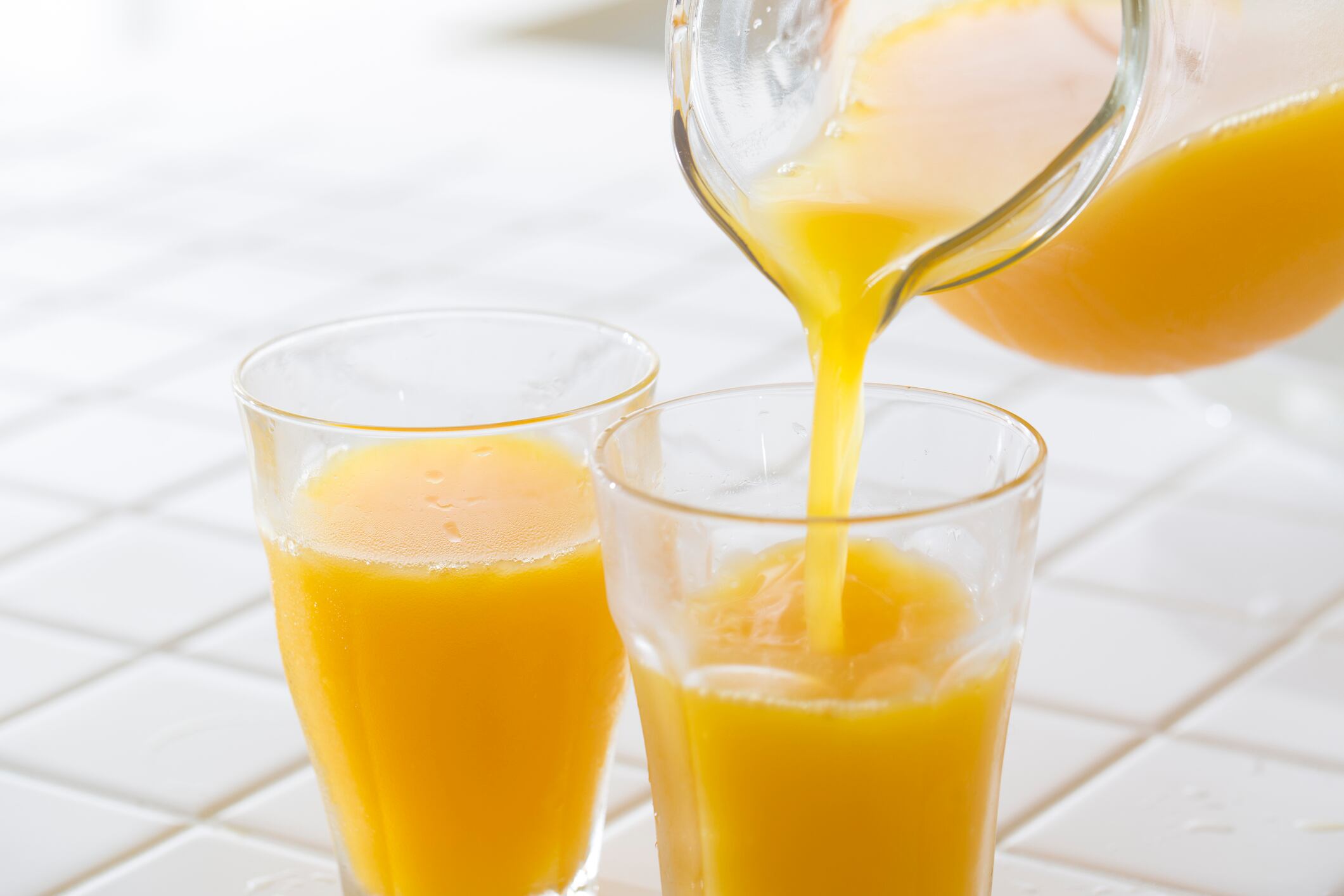In 2017, Brazil produced around 70% of the world's industrial orange juice, far ahead of its closest rival the US that produced just 10%. The historically large 2017/18 crop saw Brazil produce 400 million 60kg boxes of oranges – around 65% of which went to Europe – enabling industry to produce 1.2m tonnes of fruit juice, both frozen concentrated (FCOJ) and not-from-concentrate (NFC). Currently, around 85-90% of Brazil's orange production goes to the FCOJ market.
Despite maintaining a strong market in orange juice, Andrés Padilla, senior economic analyst for beverages and dairy at Rabobank Brazil, said Brazil faced serious challenges.
“Unfortunately, the orange juice market has been declining globally for the last 15 years or so. There's a number of reasons for that: one of the reasons is that it became very much an industrialized, developed market product,” Padilla told FoodNavigator-LATAM.
'Competition from many angles'

In addition to this, he said emerging market promise had failed to deliver, with the Middle East and China consuming less than anticipated, and competition from other beverage formats had gained momentum.
“There has been tremendous growth in other beverage categories in the last ten years – tea-based, coffee-based, an explosion of new juice alternatives like pomegranate, green juices, smoothies, and let's not forget about the explosion in bottled water consumption which continues to advance. So, orange juice has had a lot of competition from many angles.”
For markets with existing consumption, Padilla said health woes around the sugar content of orange juice had dampened consumption.
“The Brazilian industry here is doing some campaigns in Europe. They're working in conjunction with the European juice industry to try and revive some of the consumption; to pass on better information; give a better message to the consumer. And to some extent, I think it's starting to show a few results but again, it's a very tough fight. We're still seeing demand declining across the world... It's a tough environment from a demand point of view.
“...Of course we would all like to see demand growing again; younger consumers engaging again and understanding the qualities orange juice possesses, but life goes on and I think with those efforts in Europe hopefully some of that gets replicated in the US which could help to stabilize demand a little bit.”
Business isn't bad, though...
However, despite all the hurdles facing the orange juice category, Padilla said the current situation in Brazil still “isn't that bad”, particularly given Florida was struggling with production due to citrus greening disease affecting 100% of its trees and a hurricane last year. By comparison, just 18% of trees in the São Paulo region of Brazil were infected with citrus greening disease.
According to the United States Department of Agriculture's (USDA) Animal and Plant Health Inspection service, citrus greening or Candidatus Liberibacter asiaticus, is one of the “most serious citrus plant diseases in the world”. Citrus greening is spread by a disease-infected insect and attacks the central system of citrus trees, causing fruits to become smaller and more sour, production then declines and most infected trees die within a few years.
For the time being there is no cure, although last year researchers announced findings of a molecule that could potentially help fight citrus greening disease after six years of study.
Florida was set to produce 80 million 60kg boxes this year but would now only produce 45 million – considerably down from typical production rates of around 230 million boxes per harvest.
Padilla said: “You have Florida in deep trouble but also production in the EU doesn't really grow - Spain and Italy don't have the ability to grow their production - and so Brazil is really the key supplier to the world of oranges. Although demand has been declining, it's still a sizable export market representing around 2 billion US dollars every year for Brazil.”
In addition, Brazil was extremely efficient in its orange production and therefore could maintain strong margins, he said.
“The industry here is world-class in terms of what they have – plants, terminals of the ports, the schedule they have for the tankers to ship products. It's really efficient production over here and it gives them the edge.”
Not-from-concentrate is 'more stable'
Padilla said it was likely orange producers would focus more on the not-from-concentrate juice category because consumer demand there was a little stronger, particularly as the US imported more given declining production in Florida.
“Every year we see more NFC being produced. Next year it will be more around 15-20% of production, so it's moving in that direction. The market for NFC is more stable and more resilient.”
